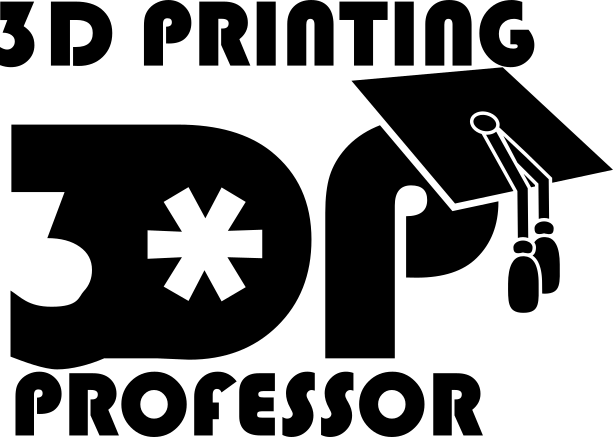 I’ve made a discovery recently. A coworker was playing with “transparent” ABS filament and I decided to get some myself and see just what it was capable of. And while the filament itself is clearly (heh) transparent, prints always turned out milky. I decided to investigate why.
I’ve made a discovery recently. A coworker was playing with “transparent” ABS filament and I decided to get some myself and see just what it was capable of. And while the filament itself is clearly (heh) transparent, prints always turned out milky. I decided to investigate why.
The first thing I printed was a filament holder to hold the spool of transparent filament on my filament rod. When the print was done the bottom where the print contacted the glass was mostly transparent, the infill pattern could be seen easily through the print wall, the rest was just a crystal white. Even after vapor smoothing it the outside just got real shiny, but no more see through. But I assumed that was just because the vapor smoothing only smoothed the outside layers lines and the layer lines inside the print on the other side of the shells were distorting the print.
I decided to try a 100% infill print, and to be smart, I made it the top of a sphere so that the final result could maybe be used as a magnifying lens. But even after excessive vapor smoothing the lens was not transparent. The edges were slightly more transparent than the thicker middle, but it looked like there were little scratches inside it corresponding to the infill pattern obfuscating the transparency. When I looked at it under a microscope I the scratches, but I also saw little bubbles near the smoothed surface.
I’ve seen bubbles on smoothed parts before. If you leave a part in the acetone vapor too long the surface gets bubbly. I never knew why, but now I have a theory. When printing the extruded plastic gets squished, but it’s not flat on the sides, it’s rounded. This means air gets trapped between the lines. Not much, just enough to look like internal scratches but enough to turn a transparent 100% filled print look milky. But when vapor smoothed the plastic becomes liquid and the micro-bubbles join together to form bigger bubbles and make their way to the surface.
I attempted to decrease the extrusion width in simplify 3D to 0.3mm to try and trick the slicer into packing the fill even tighter. The result was slightly less of the internal scratches, but they were still there.
But what about “vase prints”, single wall layer, zero infill prints? That runs into it’s own problems. While the smoothed print (left) does turn out very transparent, especially compared to pre-smoothing (right) the smoothing process caused it to crush itself under it’s own weight. I smoothed it upside down to minimize contact with the vapor basket and part way through the smoothing process saw it slump to the side. I attempted to salvage it, but the result was still messed up. Transparent, but messed up. I guess being only .4mm thick the acetone was able to penetrate all the way through leaving no solid internal structure to keep it upright. So that’s interesting.
Conclusion, while the transparent filament is pretty, the FFF printing process makes it not suitable for making actual transparent objects, even with smoothing. It might be possible for single wall objects, but you have to be very careful with the smoothing or you could end up melting your print.


